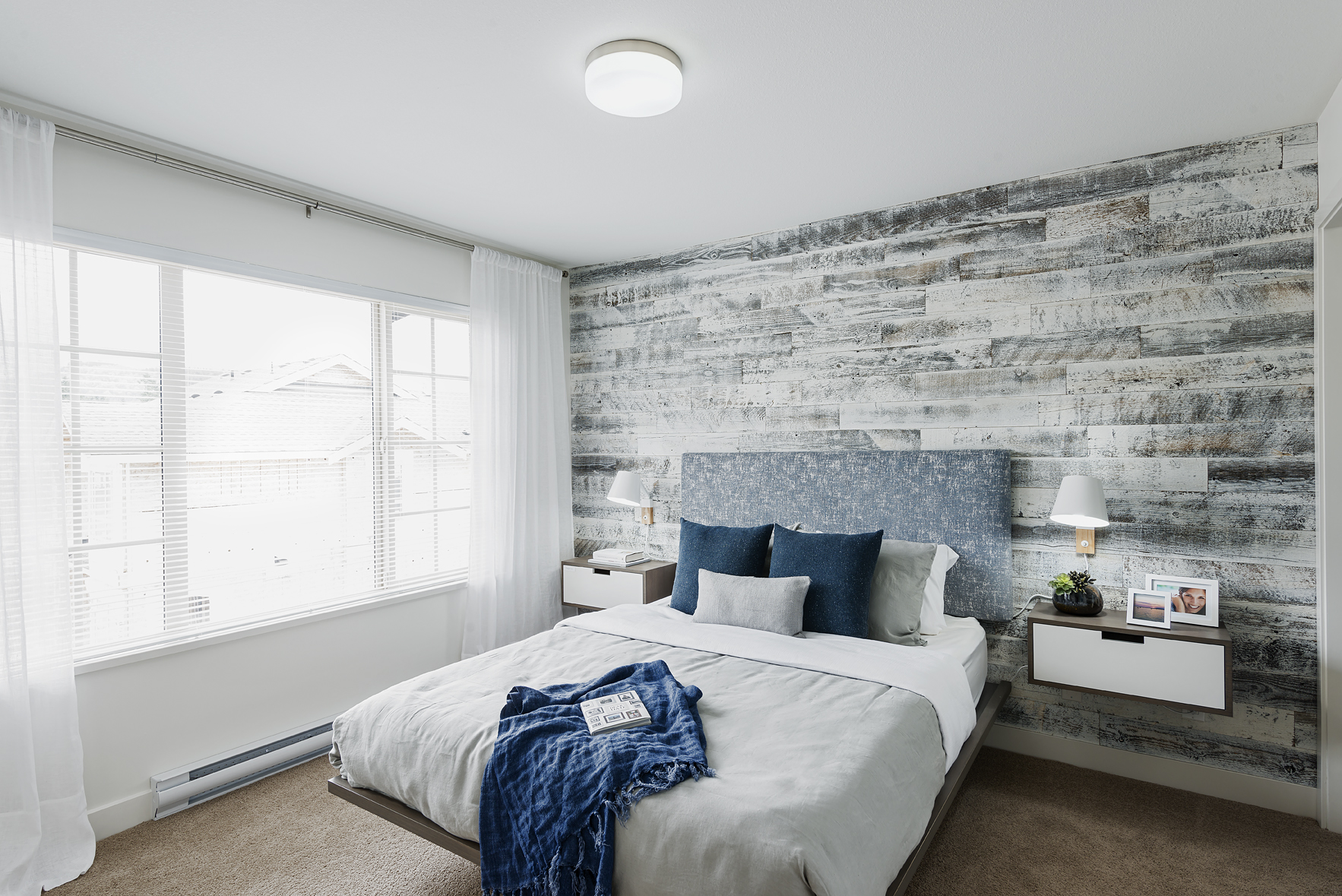Design your Bedroom for a Better Sleep
Jan 16th, 2018
With our busy modern schedules, sleep deprivation is the last thing we want. But it continues to rise amongst Canadians. Did you know that Canada is the third most sleep-deprived country in the world?
Let’s do whatever we can to beat the odds and get a great night’s sleep. Sure, you can lessen stress, improve nutrition, and increase exercise, but you can also change the environment you sleep in – the bedroom.
Here’s how you can shift a few details in your décor to improve your sleep:
Your Bed:
When was the last time you got a new mattress? On average, people replace their mattresses every 10 years, or when they notice sunken spots, discomfort, or morning body aches. Some say flip your mattress, some say don’t. But it depends on whether you have a newer, single-sided mattress or an older, double-sided option.
Replace your pillows every 1-2 years if they’re down-alternative or poly-fill, and wait a little longer if they’re memory foam or down. The kind of pillow you use comes down to personal preference and the position you sleep in. WebMD has a great guide for figuring out which pillow will work best for you.
Make sure your bedding is breathable and made of natural fibers. Like clothing, layer your bedding with a top sheet, duvet, and throw to easily adjust for warmth or chill.
Also, some say that the simple ritual of making your bed every morning promotes a better night’s sleep at the end of the day.
Light:
Our built-in Circadian rhythms are primarily activated by light, and some of us are more sensitive than others. For a deeper sleep, black-out your bedroom to block any streetlamps, headlights, moonlight, or sneaky early morning light from entering your room.
Colour:
While it may look stylish and bold, painting your bedroom walls a brilliant shade of crimson could keep you awake at night. Red is associated with anxiety and anger, and is known to raise blood pressure, heart beat, and irritability.
Softer colours, such as muted blues and greens, are calming and help clear the mind. Choose these instead – or go neutral with beiges and greys.
Clutter:
Get rid of it. Seeing clutter and mess can lead to anxiety and a restless night. Toss dirty clothes in a laundry hamper, hang up your clean clothes, and keep any surfaces clear of disorder. Out of sight, out of mind.
Electronics:
This is a big one. And maybe the hardest one to conquer. Limit, or ban, the use of electronics in the bedroom – they’re far too stimulating. Try sleeping with your phone in another room. Get an old-school alarm clock if you need a wake-up in the morning, but face the clock away from you so you don’t fixate on the time ticking into the wee hours of the morning during a bout of insomnia. Ditch the bedroom television, or turn it off at least 60 minutes before you plan to sleep – read a book or write in a journal instead.
Feng Shui:
For optimal harmony, arrange your furniture according the ancient rules of Feng Shui. Place your bed where you can see the door when you’re lying down. And limit or get rid of mirrors – they bounce energy around your room at night.
Plants:
Not only do they look great, some plants are known for their calming properties. Try jasmine, lavender, or a snake plant for a zen sleeping experience.
Sleep well!
Back

